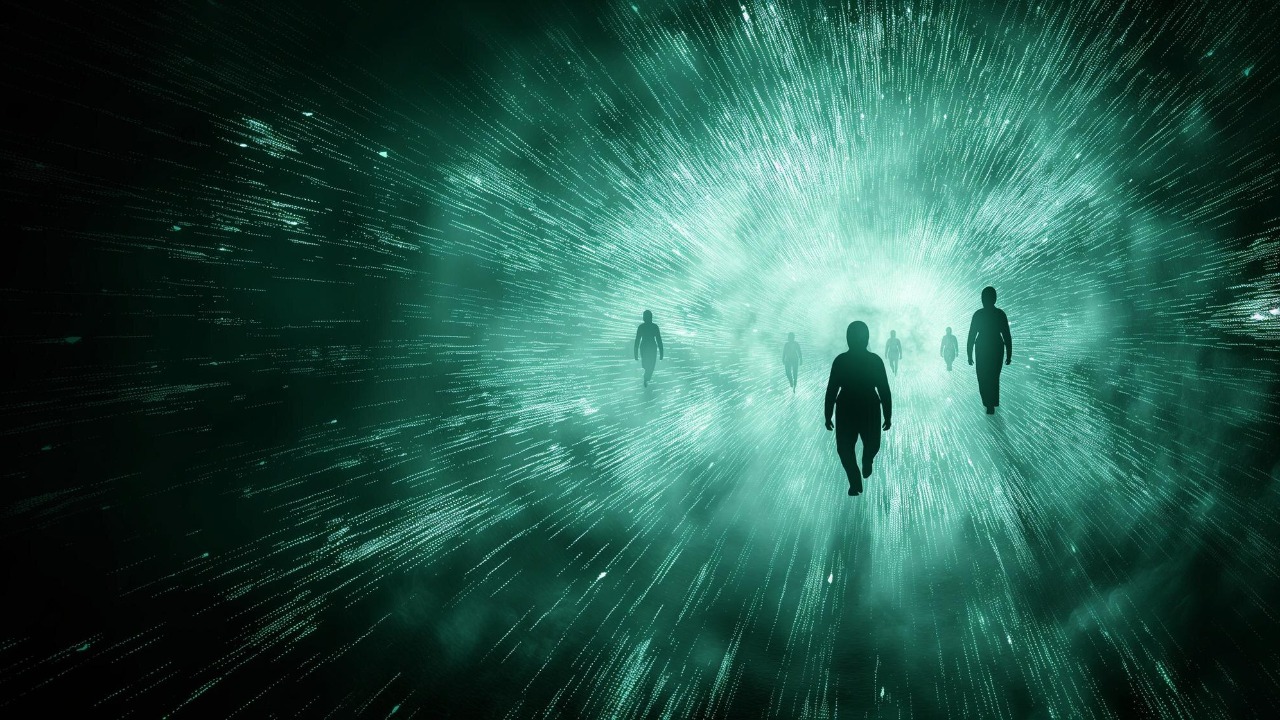
Neutrinos, often referred to as “ghost particles,” are subatomic entities that can pass through the densest of materials, including the Earth and the human body, without leaving a trace. This is due to their weak interactions with matter. Scientists across the globe are ramping up efforts to decode the cosmic origins and behaviors of these elusive particles. Recent advancements in detection technology are bringing us closer to solving these longstanding mysteries, underscoring the crucial role of neutrinos in understanding stellar processes and the fundamental forces of the universe.
What Are Neutrinos?
Neutrinos are nearly massless, electrically neutral leptons that are produced in nuclear reactions. Their ability to pass through dense materials like lead or even entire planets undetected makes them a fascinating subject of study. Neutrinos come in three known flavors—electron, muon, and tau neutrinos. These particles have the unique ability to oscillate between types during their journey, a phenomenon that has been confirmed through various experiments.
Every second, trillions of solar neutrinos stream through every person on Earth. However, their interactions are so rare that they go unnoticed. This is due to their extremely weak interaction with other matter via the weak nuclear force, which allows them to “ghost” through atoms without scattering.
The ‘Ghost’ Nature of Neutrinos
Neutrinos’ ability to pass through matter without interacting with it is what gives them their “ghostly” nature. This property is due to their extremely weak interaction with other matter via the weak nuclear force. This allows them to pass through atoms without scattering, making their detection a rare event. In fact, a neutrino might travel through light-years of space or the Earth’s core before occasionally colliding with an atom.
This property of neutrinos poses significant challenges for scientists studying cosmic rays and supernovae, as reported in recent research.
Historical Discovery of Neutrinos
The existence of neutrinos was first predicted by Wolfgang Pauli in 1930 to explain the missing energy in beta decay. The term “neutrino” was coined by Enrico Fermi in 1933. The first experimental detection of neutrinos was achieved in 1956 by Clyde Cowan and Frederick Reines. They used antineutrinos from a nuclear reactor at the Savannah River Plant for their experiment.
In 2015, the Nobel Prize was awarded to Takaaki Kajita and Arthur McDonald for confirming neutrino oscillations, which proved that neutrinos indeed have mass.
Challenges in Detecting Neutrinos
Due to the weak interaction of neutrinos with matter, their detection requires massive detectors that are buried deep underground. This is to shield the detectors from cosmic ray interference. Examples of such detectors include Japan’s Super-Kamiokande and the U.S. IceCube in Antarctica.
Detection methods include observing the Cherenkov radiation produced when a neutrino interacts with water or ice. This interaction creates light cones that can be analyzed. However, the interaction rate is extremely low. Detectors the size of buildings might capture only a handful of neutrinos per day from distant sources.
Neutrinos from Cosmic Sources
Neutrinos are produced from various cosmic sources. Solar neutrinos, produced from the fusion in the Sun’s core, initially revealed the “solar neutrino problem,” which was later resolved by the discovery of neutrino oscillation.
High-energy neutrinos are produced from astrophysical events like supernovae, black hole mergers, and gamma-ray bursts. These neutrinos are detected by observatories like IceCube. Atmospheric neutrinos, on the other hand, are generated by cosmic rays hitting Earth’s atmosphere. They provide data on particle propagation over short distances.
Recent Advances in Neutrino Research
Recent years have seen significant advancements in neutrino research. Facilities like the Deep Underground Neutrino Experiment (DUNE) in South Dakota have been upgraded to study neutrino properties over a distance of 800 miles from Fermilab.
In 2023, the IceCube observatory made a groundbreaking detection of astrophysical tau neutrinos. This was a first and it opened new windows into cosmic accelerators. International collaborations, such as the Hyper-Kamiokande project in Japan, are set to begin operations in the late 2020s for enhanced sensitivity.
Implications for Physics and the Universe
Neutrino research has far-reaching implications for our understanding of the universe. Measurements of neutrino mass could potentially resolve the matter-antimatter asymmetry in the universe. Neutrino research also has connections to dark matter searches and beyond-Standard-Model physics, as sterile neutrinos remain hypothetical extensions.
Future applications of neutrino research could include monitoring nuclear reactors remotely and probing the hearts of distant stars through neutrino signals. As we continue to unravel the mysteries of these ghost particles, we move closer to understanding the fundamental forces that govern our universe.
More from MorningOverview